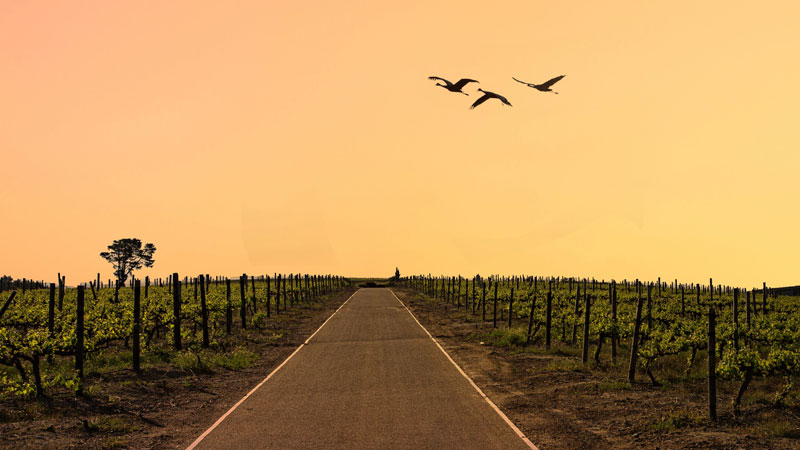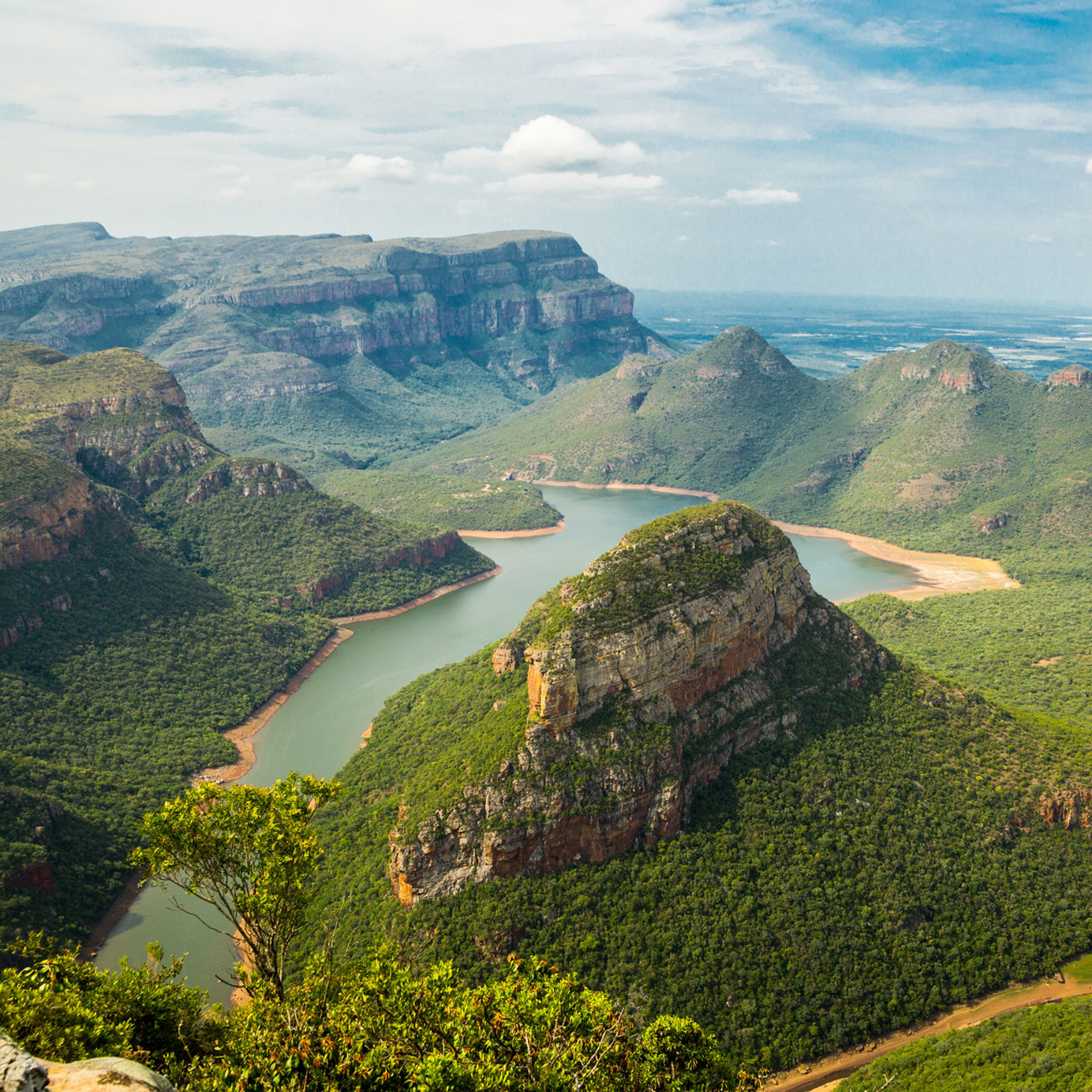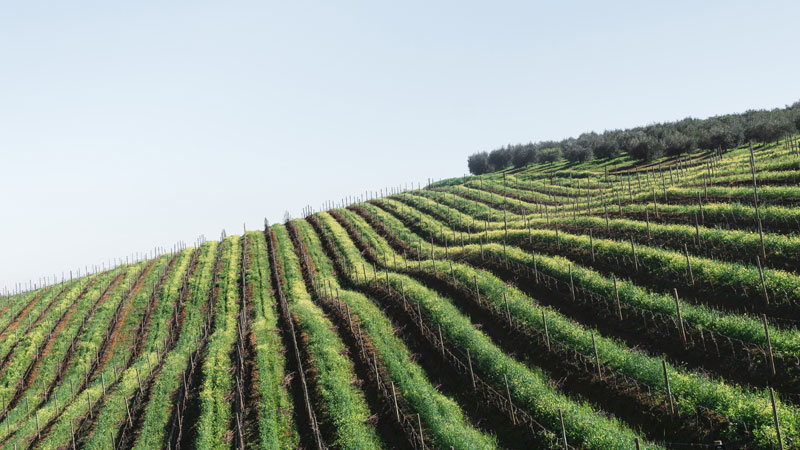
South Africa is the wine world’s next “it” region. What the Drinks Business once called “the ‘bad old’ days of South African winemaking” are fading into the rearview, replaced by stellar vintages and high-profile critical acclaim.
“South Africa is now well worth considering because the wines are seriously undervalued and a new wave of producers are making distinctive, age-worthy, appetising, definitively South African wines, both red and white,” Jancis Robinson wrote in late 2018.
How did a place with a 360-year-old viticultural history accomplish this contemporary feat?
“We just want to make great wine,” Ken Forrester, proprietor of Stellenbosch’s Ken Forrester Wines, tells me with a laugh.
International investment, modern tastes, real-time responses to climate change, and top techniques are contributing to South Africa’s triumphs. Now, it’s just up to the rest of the world to take notice.
Home to some of the most biodiverse ecosystems in the world, South African climates range wildly. The country is nearly the size of all of Western Europe. From breezy Cape Town to the hot, rugged Swartland, a range of soils and climates gives South Africa the raw materials to craft unique wines.
As a result, South African winemakers produce an array of types of wines. In the simplest sense, South African reds are a cross between earthy, spicy European bottles and ripe, polished American-style Cabernet Sauvignons. The white wines deftly balance tropical flavors with refreshing minerality. Whether you prefer rich Cabernet Sauvignon, light-bodied Cinsault, citrusy Chenin Blanc, or a funky orange wine, there’s a South African bottle for you.
Wine culture here is nothing new. Dutch colonists planted the Cape Town area’s first grape vines in the 1650s, but the wines were historically too bad to give away. Soon, winemakers here started importing French practices and producing European-style wines.
Red wines have long been South Africa’s forte and, for lovers of American Cabernet Sauvignon, the Stellenbosch and Banhoek Valleys offer a wealth of robust, silky-smooth, full-bodied reds. Unlike big reds from other New World regions, South African wines don’t bombard the senses with high alcohol or excessive new oak. Instead, these wines combine luscious, ripe fruit (à la Napa Valley) with herbaceous undertones and spice (à la the best Bordeaux).
The name Banhoek means “scary curve,” and the region is a rugged, mountainous subzone of Stellenbosch, South Africa’s marquee wine region. In Banhoek, producers like Bartinney craft elegant, aromatic reds in vineyards where aromatic herbs grow wild and four-wheel drive is a necessity. The herbs, called fynbos (pronounced Fain-bose), double as flavorful additions to local gin. The latter is vital for steadying the nerves after driving the region’s harrowing mountain rounds.
Chenin Blanc is South Africa’s signature white grape, though others abound. As winemaker Samantha Suddons tells me over a glass of her Silwervis Smiley Chenin Blanc, an innovative non-vintage blend bursting with citrus and underscored by saline minerality, “Chenin is a perfect halfway point between Chardonnay and Sauvignon Blanc. It has fantastic freshness, but enough weight on the palate to satisfy everyone.”
The grape is best known for producing long-lived whites in France’s Loire Valley, but it also has a penchant for making incredible sparkling wines like Ken Forrester’s Sparklehorse. Lemon-scented and creamy, with hints of brioche across the palate, Sparklehorse pairs perfectly with the easy, breezy attitude of South Africa’s wine community.
Part of the renewed winemaking energy in South Africa comes from abroad. Heavy-hitting investors from Bordeaux and the United States are pouring into South Africa’s wine regions at an incredible clip.
Jackson Family Wines, the American behemoth behind Kendall-Jackson and a smattering of high-end labels, recently invested in the Banhoek Valley. Today, its Capensis Chardonnay is a graceful, creamy white.
Meanwhile, May-Éliane de Lencquesaing, of Bordeaux’s Château Pichon Longueville Comtesse de Lalande, and Burgundian winegrower Philippe Colin, the owner of Domaine Philippe Colin in Chassagne-Montrachet, have also launched projects in South Africa.
Internationally renowned critics Tim Atkin and Jancis Robinson are heaping praise on the region’s wines as well, particularly in light of their value. Many critically acclaimed bottles cost about $25, but deliver $75 complexity and flavor.
The critical praise is a bonus, though. The real glory of South Africa is the wines themselves.

7 South African Wines to Try
Silwervis Smiley Chenin Blanc, Swartland. Average price: $16.
Bartinney Cabernet Sauvignon, Stellenbosch. Average price: $27.
Reyneke Chenin Blanc, Stellenbosch. Average price: $27.
Ken Forrester Sparklehorse Cap Classic Brut, Stellenbosch. Average price: $27.
Mullineux Syrah, Swartland. Average price: $36.
Savage Wines Follow the Line, Cinsault blend, Western Cape. Average price: $39.
Capensis Chardonnay, Western Cape. Average price: $78.

